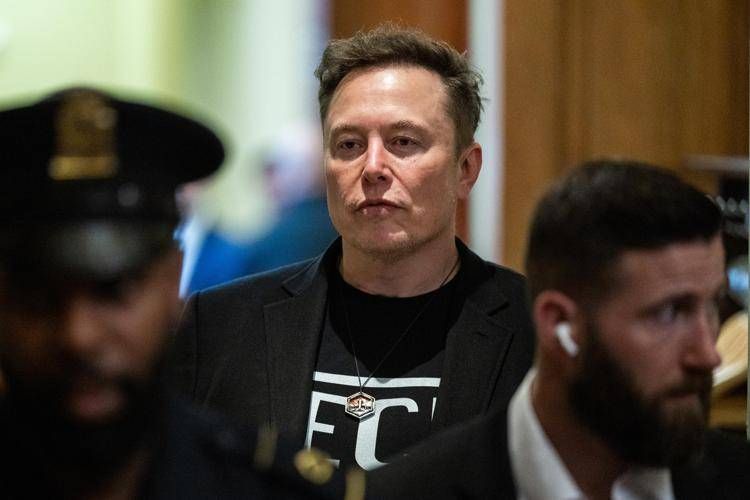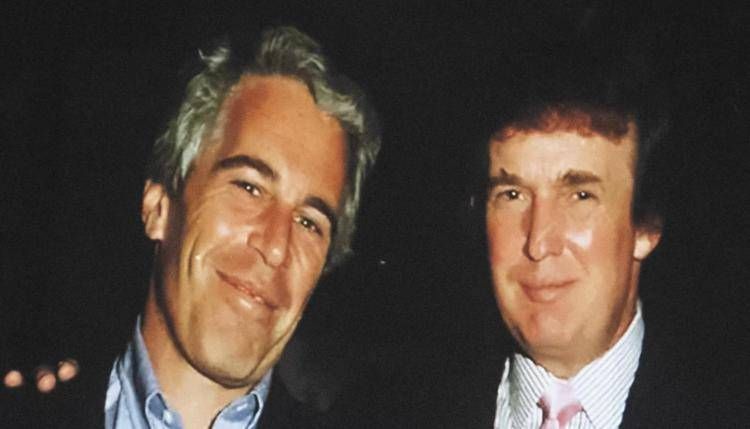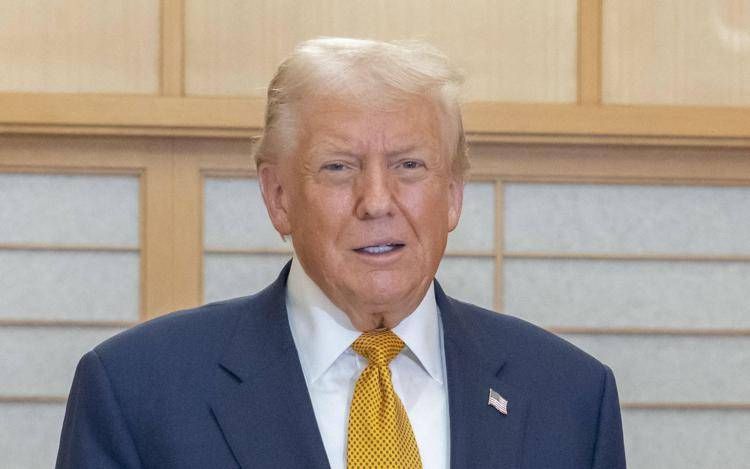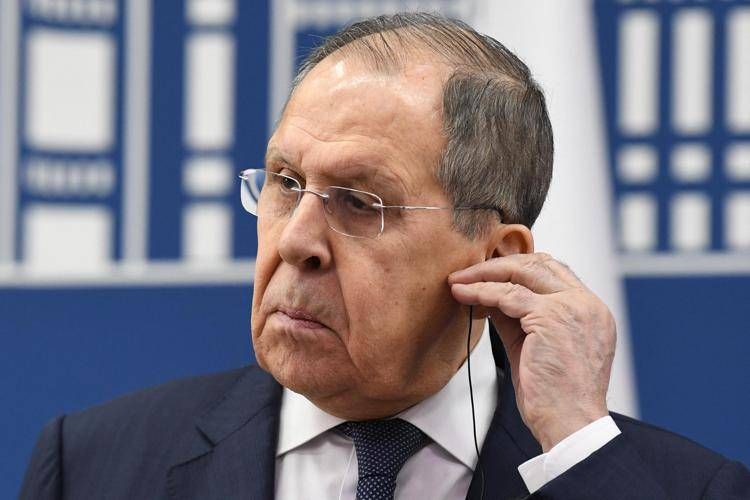
The Kremlin’s invisible war: the real machine behind Doppelgänger
A Swedish report reveals the Russian digital network that goes far beyond cloned sites. At the centre, a public-private hybrid structure driven by Moscow to destabilise the West
In 2022, the ‘Doppelgänger’ operation, a network of cloned sites that imitated authoritative media to spread pro-Russian propaganda, caused a stir. But what appeared to be an isolated operation now turns out to be just a cog in a much larger and more sophisticated system. This is according to a new report published by Lund University and the Swedish Psychological Defence Agency, which had access to more than 3,000 internal documents of the Social Design Agency (Sda), now considered the Kremlin’s main operational arm in the global information war.
According to researchers James Pamment and Darejan Tsurtsumia, Doppelgänger is just one of many ‘delivery’ techniques developed by the Sda. The real heart of Russian influence is no longer the state-owned media such as Sputnik or RT, but a fluid ecosystem composed of advertising agencies, non-profits and creative contractors, formally independent but directed by the Russian presidential administration, in particular by the entourage of the powerful deputy head Sergei Kiriyenko.
A system financed with over 600 million euros per year
Since 2022, Moscow has invested more than EUR 600 million a year in this network, aiming to build a ‘cradle-to-grave’ propaganda system that replaces traditional television and takes full advantage of digital dynamics. Sda was able to take advantage of the sanctions against the official media to fill the information vacuum, obtaining even more funds after the uproar generated by the discovery of Doppelgänger.
The strategy: destabilise, divide, penetrate
The report describes a lucid and adaptive strategy. The goal is not to convince, but to divide, destabilise and make people react. The effectiveness of a campaign is not measured in its truthfulness, but in the degree to which it manages to enter the public discourse, even through denial or criticism. Paradoxically, being uncovered is often part of the strategy: it serves to demonstrate penetration and success to backers.
There are three levels on which Sda’s delivery system is articulated:
- Volume and noise: sponsored advertising, visual spam, automated comments to create a constant information background;
- Fake brands: mirror sites of well-known media (Le Monde, Bild), or ‘new’ pseudonymous media with a precise agenda;
- Virality: messages are designed to go viral and infiltrate the mainstream debate, amplified by politicians, celebrities or journalists.
European, Ukrainian, American targets
In Europe, the focus is on the rise of Euroscepticism, especially in view of the European elections in 2024. The campaigns touch on sensitive topics such as immigration, the Ukrainian conflict and ecological transition. Against Kiev, on the other hand, the strategy aims at delegitimising Zelensky, demoralising public opinion and reviving figures such as Viktor Medvedchuk. In the United States, the priority is to exacerbate political polarisation and fuel conspiracy theories among the more radical Republicans.
A hybrid agency at the heart of the system
The Social Design Agency is formally private, but acts in close coordination with other Kremlin-controlled entities, such as Structura national technologies, Ano Dialog and Ano Iri. It also operates offline: organising demonstrations, vandalism, producing viral content and dashboards to simulate social impact analyses. Every content – from memes to fake polls – is designed for one purpose: to generate a reaction.
The limits of the system (and of the West)
The report also highlights the frailties of the Sda: an excessive production of content risks making it less incisive, while many analytical tools appear outdated. However, the absence of an effective and coordinated Western response allows the Russian propaganda machine to continue operating successfully.
The lesson, according to the authors, is clear: it is not enough to unmask operations like Doppelgänger. What is needed is a structured, preventive and multilevel strategy, capable of targeting the entire infrastructure that makes them possible.
THE LATEST NEWS
(Source and photo: © AndKronos)
-

 News21 ore ago
News21 ore agoArrestato dopo fuga Elia Del Grande, il killer della Strage dei Fornai
-

 International-News20 ore ago
International-News20 ore agoElon Musk proposes solar satellites to regulate Earth’s climate
-

 Sport21 ore ago
Sport21 ore agoSinner vince su Zverev: due set perfetti 6-4 6-3 alle Atp Finals
-

 Primo Piano7 ore ago
Primo Piano7 ore agoTrump valuta un attacco al Venezuela: secondo WP nel mirino basi e laboratori droga















